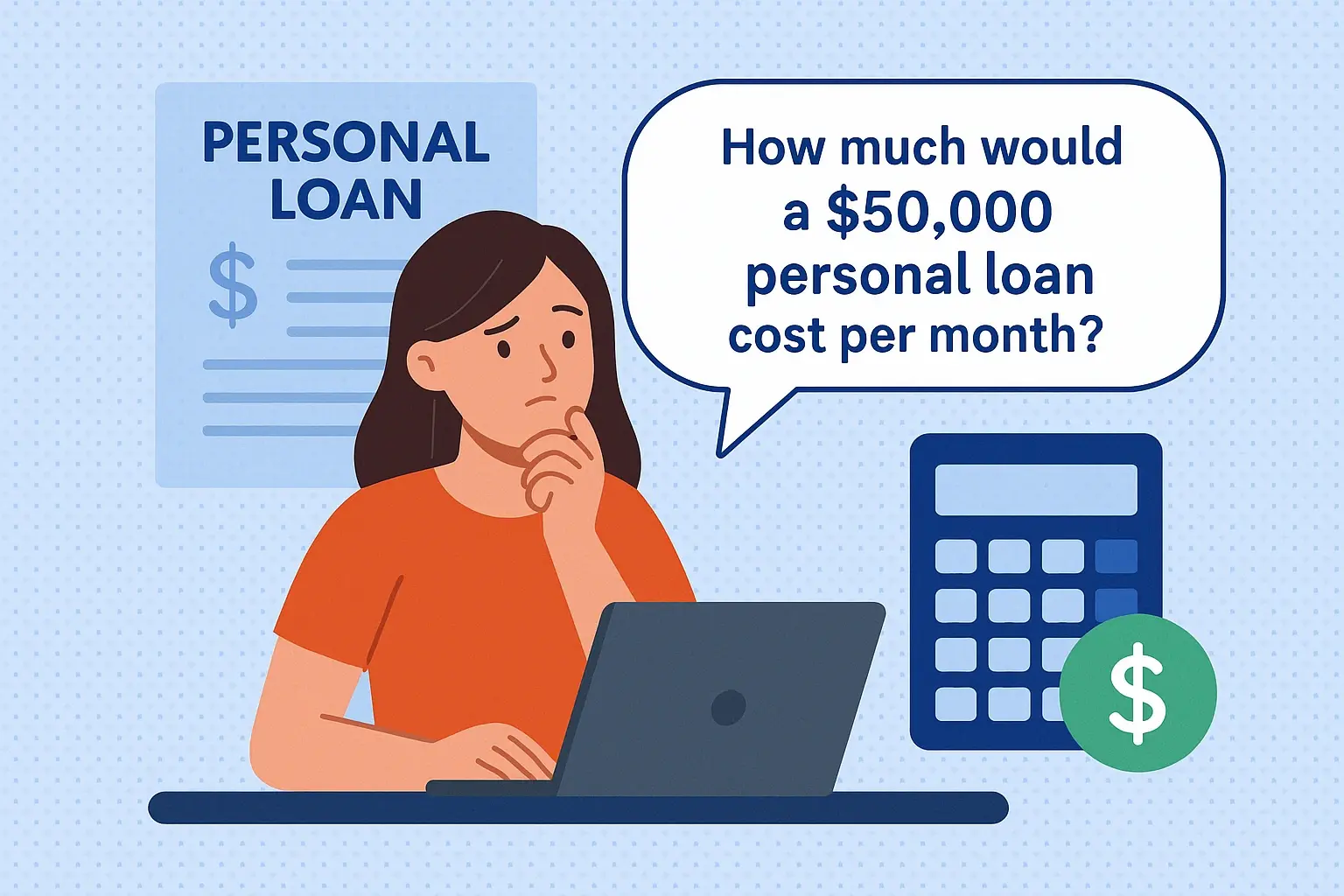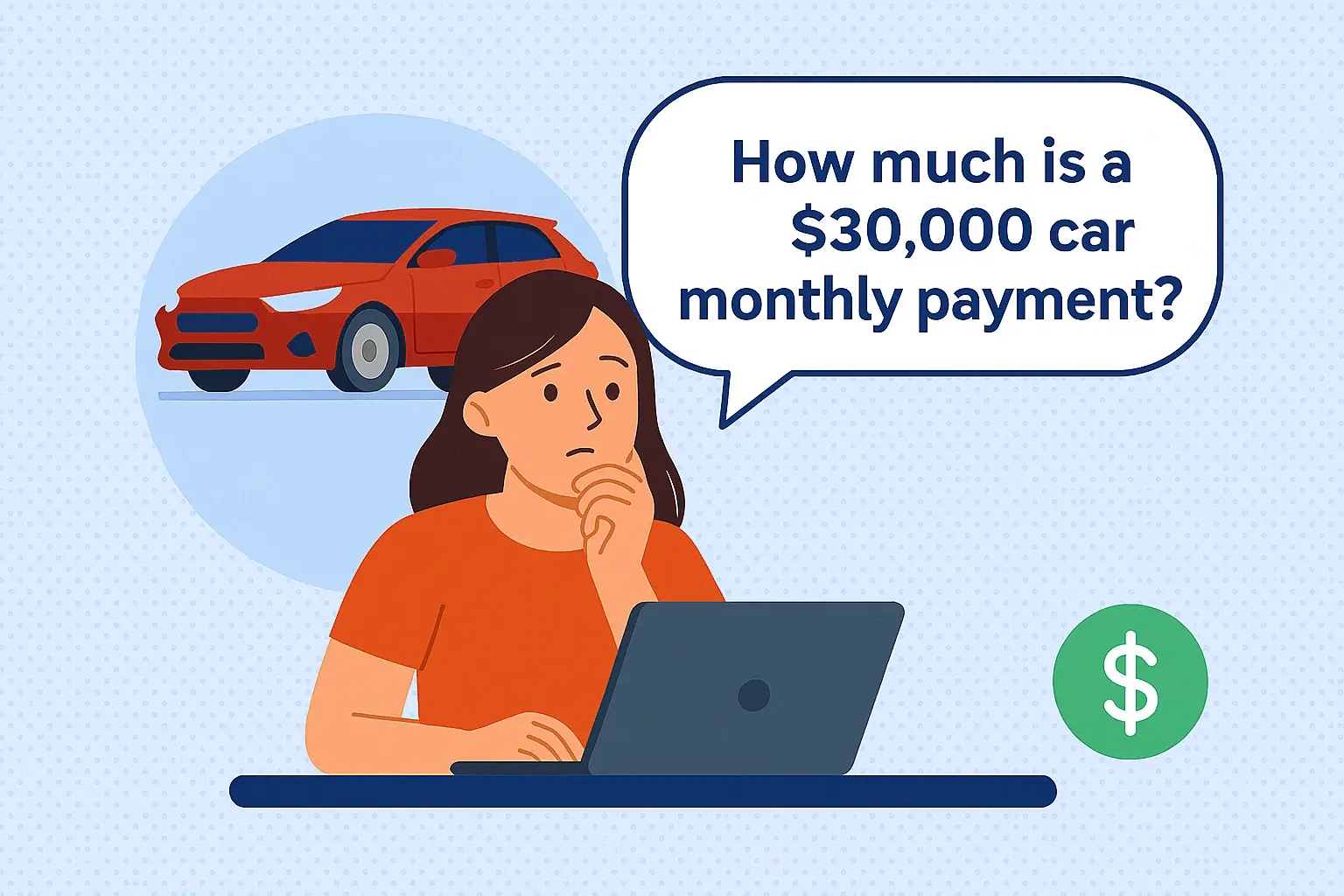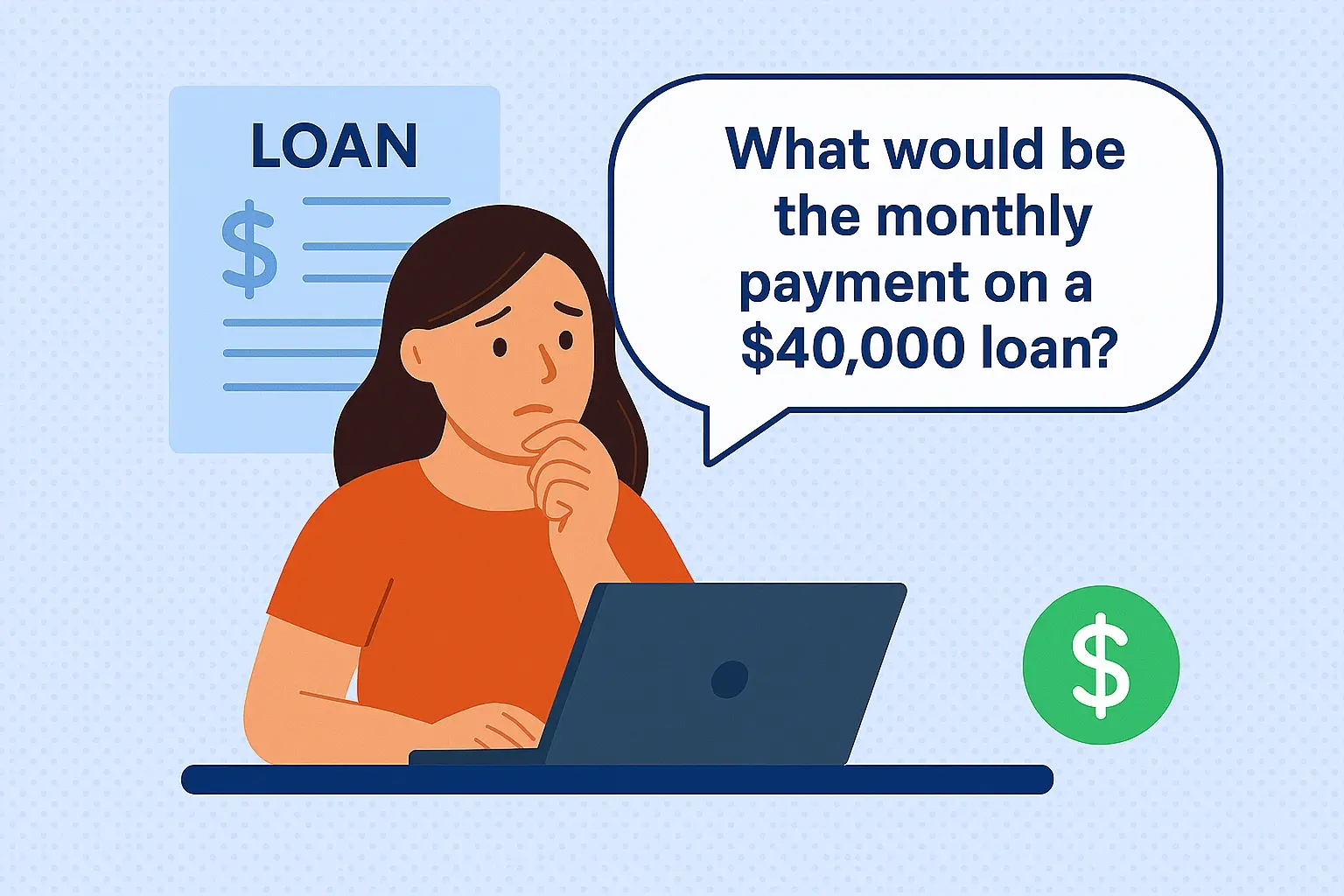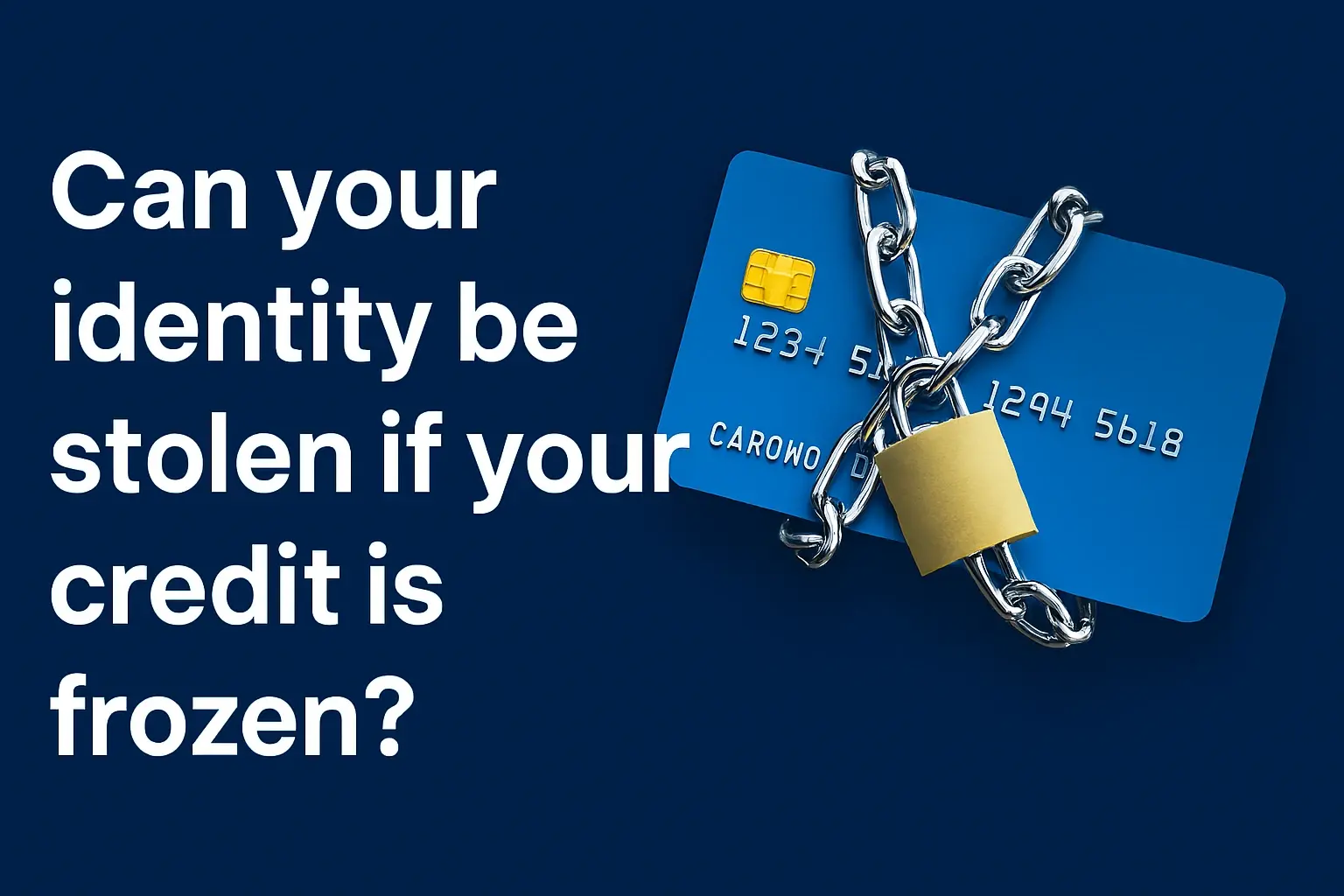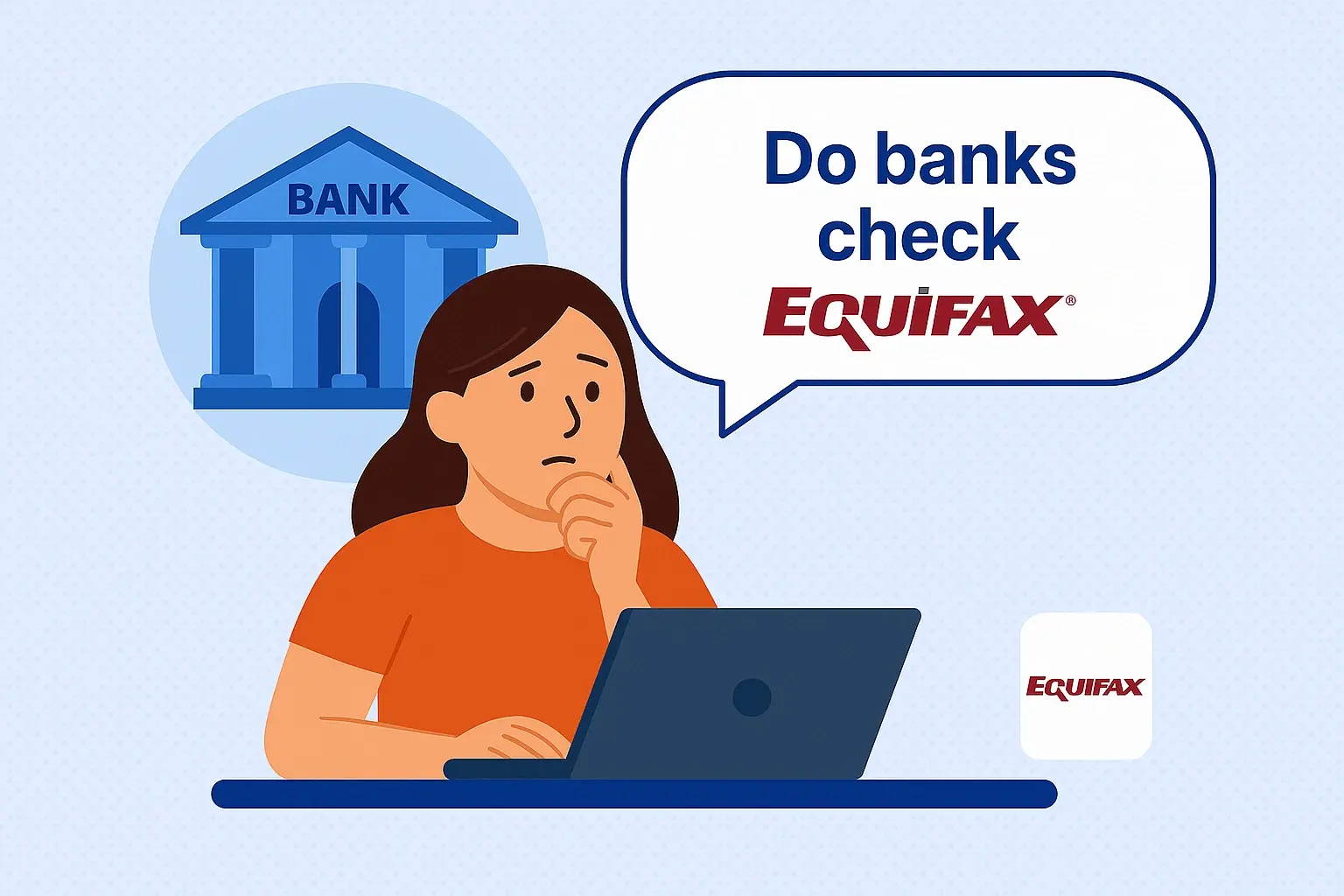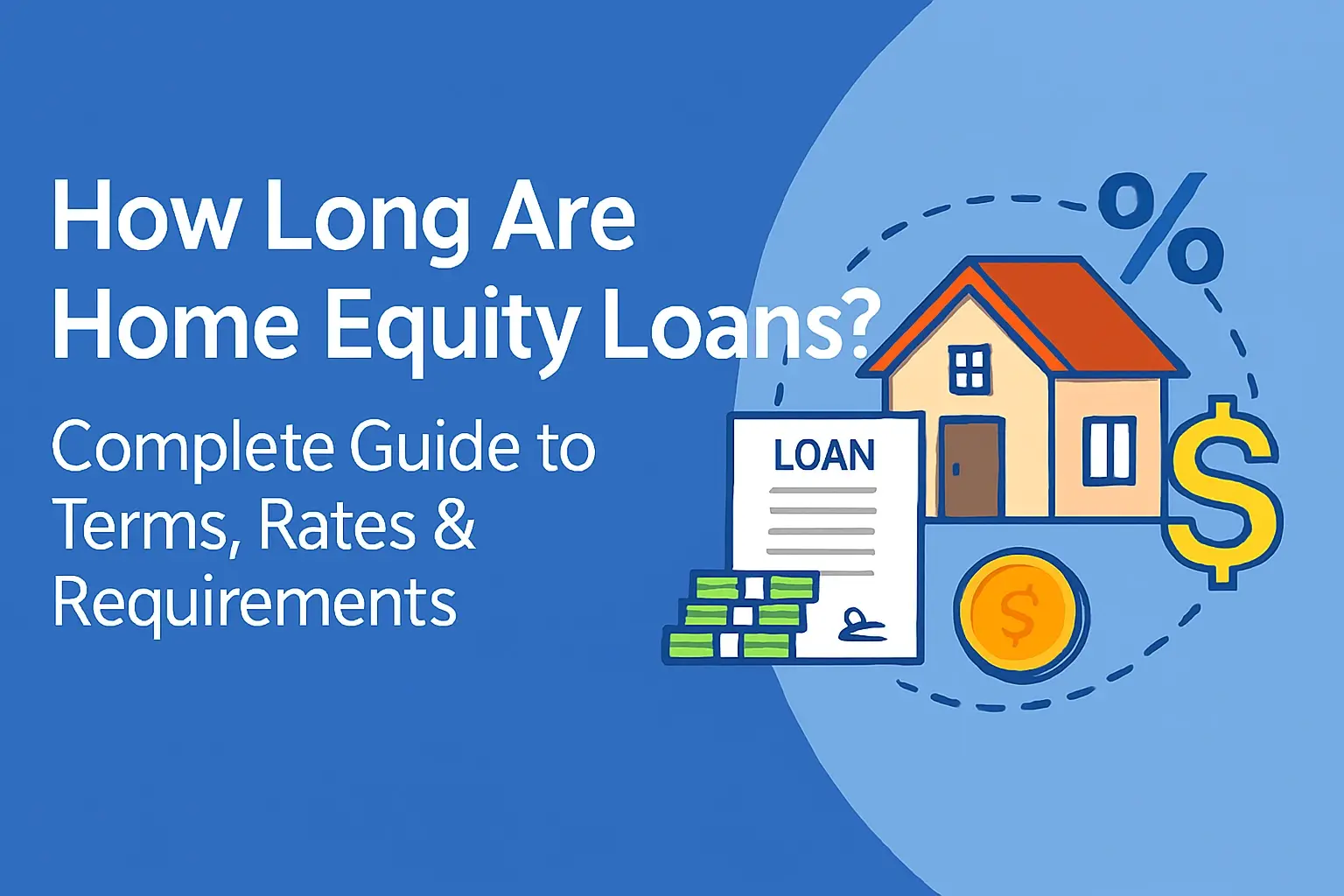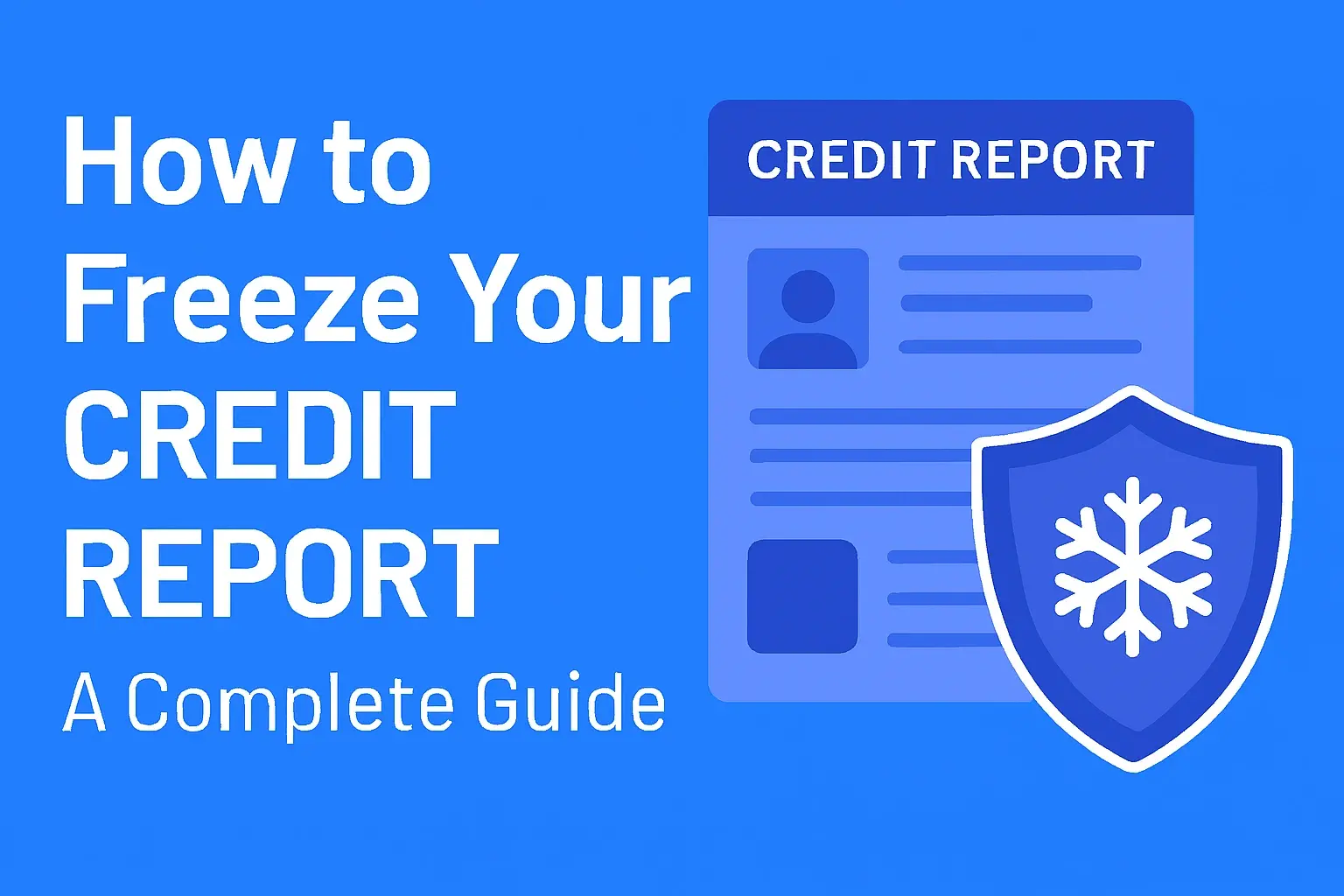-
Posted on: 06 Jan 2023

-
Understanding Bankruptcy: A Comprehensive Overview
Facing overwhelming debt can feel like an insurmountable challenge, leading many to explore drastic measures. Bankruptcy, a legal process designed to help individuals and businesses discharge or reorganize debts, offers a structured path toward financial fresh start. This guide delves into how bankruptcy works, its various forms, and critically, when it represents a sound strategic decision for your financial well-being.
In 2025, the landscape of personal finance continues to present challenges, with rising living costs and persistent economic uncertainties impacting household budgets. Understanding bankruptcy is not about admitting defeat; it's about leveraging a legal framework to regain control of your financial life when other options have been exhausted. This comprehensive exploration will equip you with the knowledge to assess your situation and make an informed decision about whether filing for bankruptcy is the right move for you. We will dissect the mechanics of the process, differentiate between the primary bankruptcy chapters, and provide clear indicators for when this powerful tool can be most beneficial.
Key Types of Bankruptcy Explained
Bankruptcy is not a one-size-fits-all solution. The U.S. Bankruptcy Code outlines several chapters, each designed to address different financial circumstances and goals. For individuals, the most common types are Chapter 7 and Chapter 13. Understanding the distinctions between these chapters is crucial for determining which, if any, is appropriate for your situation.
Chapter 7 Bankruptcy: Liquidation for a Fresh Start
Chapter 7, often referred to as "liquidation bankruptcy," is designed for individuals with limited income and assets. The primary goal is to discharge most unsecured debts, such as credit card debt, medical bills, and personal loans, allowing the filer to start over with a clean slate.
How it Works:
- Eligibility: To qualify for Chapter 7, you must pass a "means test." This test compares your income to the median income in your state. If your income is below the median, you likely qualify. If it's above, a more complex calculation considers your disposable income and certain expenses. As of 2025, the median income figures are updated annually by the U.S. Trustee Program, so it's essential to consult current data.
- The Trustee: Once you file, a bankruptcy trustee is appointed to oversee your case. The trustee's role is to liquidate (sell) any non-exempt assets you own to pay off your creditors.
- Exempt Assets: Fortunately, not all assets are subject to liquidation. Federal and state laws provide exemptions for essential property, such as a portion of your home equity, your primary vehicle, retirement accounts, and personal belongings like clothing and household furnishings. The specific exemptions vary significantly by state.
- Discharge: After the trustee has liquidated non-exempt assets and distributed the proceeds to creditors, the remaining eligible debts are discharged. This means you are no longer legally obligated to repay them. Common dischargeable debts include credit card balances, medical bills, and certain personal loans.
- Non-Dischargeable Debts: It's important to note that some debts cannot be discharged in Chapter 7. These typically include most student loans, child support and alimony obligations, recent tax debts, and debts incurred through fraud or intentional injury.
- Timeline: A typical Chapter 7 case concludes within 4 to 6 months.
Pros of Chapter 7:
- Quickest path to debt relief.
- Discharges most unsecured debts.
- Relatively straightforward process for those who qualify.
Cons of Chapter 7:
- Risk of losing non-exempt assets.
- Strict eligibility requirements based on income.
- Not suitable for those with significant income who want to keep all their assets.
Chapter 13 Bankruptcy: Reorganization and Repayment Plan
Chapter 13 bankruptcy, also known as "wage earner's bankruptcy" or "reorganization bankruptcy," is designed for individuals with regular income who can afford to repay at least a portion of their debts over a period of 3 to 5 years. It allows filers to catch up on missed mortgage payments, car payments, and other secured debts, while also reorganizing unsecured debts into a manageable payment plan.
How it Works:
- Eligibility: To file Chapter 13, your secured debts (like mortgages and car loans) must be below certain limits, and your unsecured debts must also be below specified thresholds. As of 2025, these debt limits are adjusted periodically by Congress. You must also demonstrate a regular source of income sufficient to fund a repayment plan.
- Repayment Plan: The core of Chapter 13 is the proposed repayment plan. This plan outlines how you will pay back a portion of your debts over 3 to 5 years. The amount you pay is determined by your disposable income and the type and amount of debt you have. Secured creditors must be paid in full, while unsecured creditors typically receive a percentage of what they are owed.
- Automatic Stay: Upon filing, an automatic stay goes into effect, which immediately stops most collection actions by creditors, including wage garnishments, lawsuits, foreclosures, and repossessions. This provides immediate relief from creditor harassment.
- Keeping Assets: A major advantage of Chapter 13 is that it allows you to keep your property, including your home and car, as long as you can make the payments outlined in your repayment plan. It's particularly useful for individuals facing foreclosure or repossession.
- Discharge: Upon successful completion of your repayment plan, you receive a discharge for any remaining eligible debts.
- Timeline: Chapter 13 cases typically last 3 to 5 years, depending on the length of your repayment plan.
Pros of Chapter 13:
- Allows you to keep your property, even if you're behind on payments.
- Provides a structured way to catch up on secured debts.
- Can potentially reduce the amount owed on certain secured debts (e.g., "cramdown" on car loans).
- Stops collection actions immediately.
Cons of Chapter 13:
- Requires a regular income to fund the repayment plan.
- Longer commitment period (3-5 years).
- More complex than Chapter 7.
Other Chapters (Brief Mention)
While less common for individuals, it's worth noting other bankruptcy chapters:
- Chapter 11: Primarily for businesses, allowing them to reorganize their debts and continue operations. Individuals with very large debts may also use Chapter 11.
- Chapter 12: Specifically for family farmers and fishermen, offering a tailored reorganization process.
Navigating the Bankruptcy Process: A Step-by-Step Guide
Filing for bankruptcy involves a series of legal steps. While the specifics can vary slightly depending on the chapter filed and the jurisdiction, the general process is consistent. It's highly recommended to consult with an experienced bankruptcy attorney to guide you through each stage.
Step 1: Consultation and Decision Making
The first step is to assess your financial situation thoroughly. This involves gathering all financial documents, including income statements, tax returns, bills, loan statements, and property deeds.
Key Actions:
- Gather Financial Documents: Compile a comprehensive list of all debts, assets, income, and expenses.
- Consult an Attorney: Meet with a qualified bankruptcy attorney. They will review your situation, explain your options (Chapter 7, Chapter 13, or alternatives), and help you determine the best course of action. Attorneys can also advise on asset exemptions specific to your state.
- Credit Counseling: Federal law requires individuals to complete a credit counseling course from an approved agency within 180 days before filing for bankruptcy. This course helps you explore alternatives to bankruptcy and understand its implications.
Step 2: Filing the Petition and Schedules
Once you decide to file, your attorney will prepare and file the necessary legal documents with the bankruptcy court.
Key Documents:
- Voluntary Petition: The official document initiating the bankruptcy case.
- Schedules: Detailed lists of your assets, liabilities (debts), income, expenses, and recent financial transactions. Accuracy and completeness are paramount.
- Statement of Financial Affairs: Provides information about your financial history.
- Statement of Intention: In Chapter 7, this outlines your intent regarding secured debts (e.g., reaffirming a car loan, surrendering the vehicle).
- Repayment Plan (Chapter 13): A detailed proposal for how you will repay creditors.
Step 3: The Automatic Stay
Immediately upon filing, an "automatic stay" is put into effect. This court order halts most creditor collection activities.
What the Stay Stops:
- Wage garnishments
- Foreclosure proceedings
- Repossessions
- Collection lawsuits
- Harassing phone calls and letters
Note: The automatic stay does not stop all actions, such as certain government enforcement actions or domestic support obligations.
Step 4: The Trustee's Role
A bankruptcy trustee is appointed to your case.
Trustee Responsibilities:
- Chapter 7: Reviews your schedules, identifies non-exempt assets, liquidates them, and distributes proceeds to creditors according to legal priorities.
- Chapter 13: Reviews your proposed repayment plan, collects payments from you, and distributes them to creditors.
Step 5: The Meeting of Creditors (341 Meeting)
Approximately 30-45 days after filing, you will attend a mandatory meeting of creditors, also known as the "341 meeting."
What to Expect:
- You will be sworn in and asked questions by the trustee about your bankruptcy forms, assets, debts, and financial situation.
- Creditors have the right to attend and ask questions, though this is rare in individual cases.
- Your attorney will be present to guide you.
Step 6: Debtor Education Course
Before you can receive a discharge, you must complete a second mandatory course: a debtor education course (also known as a financial management course) from an approved provider. This course focuses on budgeting, responsible credit use, and financial planning.
Step 7: Discharge
If you meet all requirements, your eligible debts will be discharged.
Key Points:
- Chapter 7: Discharge typically occurs 60-90 days after the 341 meeting, assuming no objections or complications.
- Chapter 13: Discharge is granted after you have successfully completed all payments under your confirmed repayment plan.
A discharge order legally releases you from personal liability for discharged debts.
When Bankruptcy Becomes a Smart Solution
Deciding whether bankruptcy is the right path requires careful consideration of your financial situation, your goals, and the potential consequences. It's not a decision to be taken lightly, but in certain circumstances, it can be the most effective tool for regaining financial stability.
Situations Where Bankruptcy May Be Advisable:
1. Overwhelming Unsecured Debt:
If you are burdened by significant credit card debt, medical bills, or personal loans that you realistically cannot repay, bankruptcy can offer a discharge. As of 2025, the average credit card debt per household continues to be a significant concern, and medical debt remains a leading cause of bankruptcy filings. If your debt load exceeds your ability to pay even with aggressive budgeting and debt management strategies, Chapter 7 might be the most efficient solution.
2. Facing Foreclosure or Repossession:
If you are behind on your mortgage or car payments and are at risk of losing your home or vehicle, Chapter 13 bankruptcy can provide a crucial lifeline. By filing Chapter 13, you can stop foreclosure or repossession and use your repayment plan to catch up on missed payments over 3 to 5 years. This can allow you to keep your home and vehicle while reorganizing your finances.
3. Harassed by Creditors:
If you are constantly subjected to aggressive collection tactics, lawsuits, or wage garnishments, the automatic stay that accompanies a bankruptcy filing immediately halts these actions. This provides immediate peace of mind and stops the financial pressure, allowing you to focus on rebuilding.
4. Significant Medical Debt:
Medical emergencies can lead to crippling debt, even for those with insurance. Medical bills are often dischargeable in bankruptcy. If these bills are unmanageable and impacting your ability to meet other financial obligations, bankruptcy can be a viable solution. In 2023 and 2024, medical debt continued to be a primary driver for bankruptcy filings, a trend expected to persist into 2025.
5. High Debt-to-Income Ratio with Little Prospect of Improvement:
If your monthly debt payments consume a large portion of your income, and there's no realistic expectation of a significant income increase or debt reduction through other means, bankruptcy might be the most practical option. This is especially true if you are struggling to cover essential living expenses.
6. Need to Rebuild Credit:
While bankruptcy negatively impacts your credit score, it also provides a defined endpoint to your debt problems. After bankruptcy, you can begin the process of rebuilding credit with a clean slate, often faster than if you were perpetually struggling with unmanageable debt and late payments. Many individuals find it easier to secure credit after bankruptcy than when drowning in debt.
7. Protecting Assets Through Exemptions:
For those who qualify for Chapter 7 and have assets that are fully protected by state or federal exemptions, bankruptcy can be a way to discharge debts while keeping all their essential property. Understanding your state's exemption laws is critical here.
8. Inability to Negotiate with Creditors:
If you've attempted debt consolidation, debt settlement, or direct negotiation with creditors without success, bankruptcy provides a legal framework that forces creditors to adhere to a court-ordered process.
When Bankruptcy Might NOT Be the Best Idea:
1. Minor or Manageable Debt:
If your debt is relatively small and you have a stable income, it might be more beneficial to pursue debt consolidation loans, balance transfers, or debt management plans. These alternatives typically have less impact on your credit score.
2. Significant Non-Dischargeable Debts:
If your primary debts are non-dischargeable (e.g., most student loans, recent tax debts, child support), bankruptcy may not provide the relief you seek. In such cases, exploring specific repayment options for those debt types might be more effective.
3. Desire to Keep All Assets (and they are non-exempt):
If you have substantial non-exempt assets that you cannot afford to liquidate or protect through a Chapter 13 plan, Chapter 7 bankruptcy might result in the loss of valuable property.
4. Recent Financial Misconduct:
If you have recently transferred assets to friends or family, incurred significant debt shortly before filing, or engaged in fraudulent financial activities, your discharge could be denied, or you could face legal repercussions.
5. Short-Term Financial Difficulties:
If your financial hardship is temporary (e.g., a brief period of unemployment) and you anticipate a significant increase in income soon, waiting and exploring other options might be wiser.
Exploring Alternatives to Filing for Bankruptcy
Before deciding on bankruptcy, it's wise to explore all available alternatives. These options may offer debt relief without the long-term credit implications of bankruptcy.
Debt Management Plans (DMPs)
A DMP is a program offered by non-profit credit counseling agencies. You make a single monthly payment to the agency, which then distributes the funds to your creditors.
How it Works:
- The agency negotiates with your creditors for reduced interest rates, waived fees, and a manageable payment plan.
- You make one monthly payment to the credit counseling agency.
- Typically lasts 3-5 years.
Pros: Can lower interest rates, stops creditor calls, less damaging to credit than bankruptcy.
Cons: May not be suitable for very high debt loads, some creditors may not participate, may have a fee.
Debt Consolidation Loans
This involves taking out a new loan to pay off multiple existing debts. The goal is to combine several high-interest debts into a single loan with a lower interest rate and a fixed monthly payment.
How it Works:
- Obtain a personal loan, home equity loan, or balance transfer credit card.
- Use the funds to pay off multiple debts.
- Repay the new loan over time.
Pros: Simplifies payments, potentially lower interest rate.
Cons: Requires good credit to qualify for favorable rates, doesn't reduce the principal amount owed, can be risky if you continue to accumulate debt.
Debt Settlement Programs
Debt settlement companies negotiate with your creditors to pay off your debts for less than the full amount owed. You typically stop paying your creditors and instead make payments to the settlement company, which holds the funds until it can make a lump-sum offer to creditors.
How it Works:
- Enroll in a program and stop paying creditors.
- Make payments to the settlement company.
- Company negotiates with creditors for a reduced payoff.
Pros: Can reduce the total amount you owe.
Cons: Significant negative impact on credit score, fees can be high, creditors may sue you while you're enrolled, no guarantee of success, potential tax implications on forgiven debt.
Budgeting and Financial Counseling
For individuals with less severe debt issues, rigorous budgeting and professional financial counseling can be effective. This involves creating a detailed budget, identifying areas to cut spending, and developing a plan to pay down debt systematically.
How it Works:
- Track all income and expenses.
- Create a realistic budget.
- Prioritize debt repayment (e.g., debt snowball or debt avalanche method).
- Seek guidance from a financial advisor or credit counselor.
Pros: Builds good financial habits, no negative credit impact, empowering.
Cons: Requires discipline and time, may not be sufficient for overwhelming debt.
Comparison of Alternatives vs. Bankruptcy:
Feature Debt Management Plan (DMP) Debt Consolidation Loan Debt Settlement Bankruptcy (Chapter 7/13) Impact on Credit Score Minimal negative impact (can improve over time) Can be negative if new loan has high utilization or missed payments Significant negative impact (late payments, settled accounts) Significant negative impact (lasts 7-10 years) Debt Reduction Reduced interest, potential fee waivers Potentially lower interest rate Principal reduction Discharge of most unsecured debt Creditor Actions Typically stops calls/letters Stops if loan pays off debts Creditors may sue while enrolled Automatic stay halts most actions Eligibility Generally accessible Requires good credit Varies; often for those struggling Income and debt limits (means test) Speed 3-5 years Immediate 1-3 years 4-6 months (Ch. 7); 3-5 years (Ch. 13) The Long-Term Impact of Bankruptcy on Your Finances
Filing for bankruptcy is a significant financial event with lasting consequences. Understanding these impacts is crucial for making an informed decision and for navigating your financial future post-bankruptcy.
Credit Score Impact
Bankruptcy is a serious negative mark on your credit report.
- Chapter 7: Typically remains on your credit report for up to 10 years from the filing date.
- Chapter 13: Remains on your credit report for up to 7 years from the filing date, though the repayment plan itself may be visible for up to 10 years.
This negative mark can make it difficult to obtain new credit, rent an apartment, secure a mortgage, or even get certain jobs. Interest rates on any credit you can obtain will likely be higher.
Difficulty Obtaining Future Credit
Lenders view bankruptcy filers as high-risk. As of 2025, obtaining a mortgage, auto loan, or credit card after bankruptcy can be challenging.
- Mortgages: Lenders typically require a waiting period after a bankruptcy discharge (e.g., 2-4 years for FHA loans, longer for conventional loans) and higher credit scores.
- Auto Loans: Securing an auto loan may be possible through "buy here, pay here" lots or subprime lenders, but often with very high interest rates.
- Credit Cards: Secured credit cards (requiring a cash deposit) or cards specifically designed for rebuilding credit are often the first options available.
Rebuilding Credit After Bankruptcy
The good news is that it is possible to rebuild your credit after bankruptcy. The key is responsible financial behavior.
- Secured Credit Cards: Use these cards for small, everyday purchases and pay the balance in full and on time each month.
- Credit-Builder Loans: These are small loans where the borrowed amount is held in a savings account until the loan is repaid.
- Authorized User: Having an authorized user account on a well-managed credit card can help, but this depends on the card issuer's reporting policies.
- Rent and Utility Reporting: Some services allow you to report on-time rent and utility payments to credit bureaus.
- Monitor Your Credit Reports: Regularly check your credit reports for errors and ensure they accurately reflect your post-bankruptcy financial activity.
Impact on Property Ownership
In Chapter 7, you may lose non-exempt property. In Chapter 13, you can keep your property by making plan payments, but failure to do so can lead to repossession or foreclosure.
Future property ownership might be delayed due to credit score impacts and lender requirements.
Potential for Future Bankruptcy Filings
While not impossible, filing for bankruptcy again is subject to specific rules.
- You cannot file for Chapter 7 bankruptcy again if you received a discharge in Chapter 7 within the last 8 years.
- You cannot file for Chapter 13 bankruptcy again if you received a discharge in Chapter 7 within the last 4 years or a discharge in Chapter 13 within the last 2 years.
Psychological and Social Impact
Bankruptcy can carry a stigma. However, for many, it brings immense relief from the stress and anxiety of overwhelming debt. The ability to sleep at night, escape creditor harassment, and plan for the future can have a profoundly positive psychological impact.
Making the Right Choice for Your Financial Future
The decision to file for bankruptcy is deeply personal and depends entirely on your unique circumstances. It's a powerful legal tool, but it's not a magic wand. The journey through debt relief requires careful consideration, thorough research, and professional guidance.
As we've explored, bankruptcy offers distinct paths—Chapter 7 for a swift discharge of debts and Chapter 13 for reorganization and asset protection. The choice between them, or between bankruptcy and its alternatives, hinges on factors like your income level, the types and amounts of debt you carry, your assets, and your ability to make future payments.
Consider the following to guide your decision:
- Assess Your Debt: Categorize your debts. Are they primarily unsecured (credit cards, medical bills) or secured (mortgage, car loans)? Are there significant non-dischargeable debts?
- Evaluate Your Income and Expenses: Can you realistically afford to make payments under a Chapter 13 plan? Or is your income too low to qualify for Chapter 13 but high enough to potentially lose assets in Chapter 7?
- Review Your Assets: What property do you own? Are these assets protected by exemptions in your state?
- Explore Alternatives: Have you exhausted options like debt management plans or debt consolidation?
- Seek Professional Advice: A qualified bankruptcy attorney is your most valuable resource. They can provide tailored advice based on current laws and your specific situation, helping you understand the nuances of exemptions, dischargeability, and the long-term implications.
In 2025, with ongoing economic shifts, many individuals find themselves at a crossroads with their finances. Bankruptcy, when used strategically and appropriately, can be the bridge to a more stable financial future. It's about regaining control, relieving overwhelming pressure, and setting a course for responsible financial management. By understanding how bankruptcy works and when it's a good idea, you empower yourself to make the best possible decision for your financial health and peace of mind.
Ultimately, the goal is not just to escape debt but to build a sustainable financial future. Whether that path involves bankruptcy or an alternative, informed decision-making is the first and most critical step.


